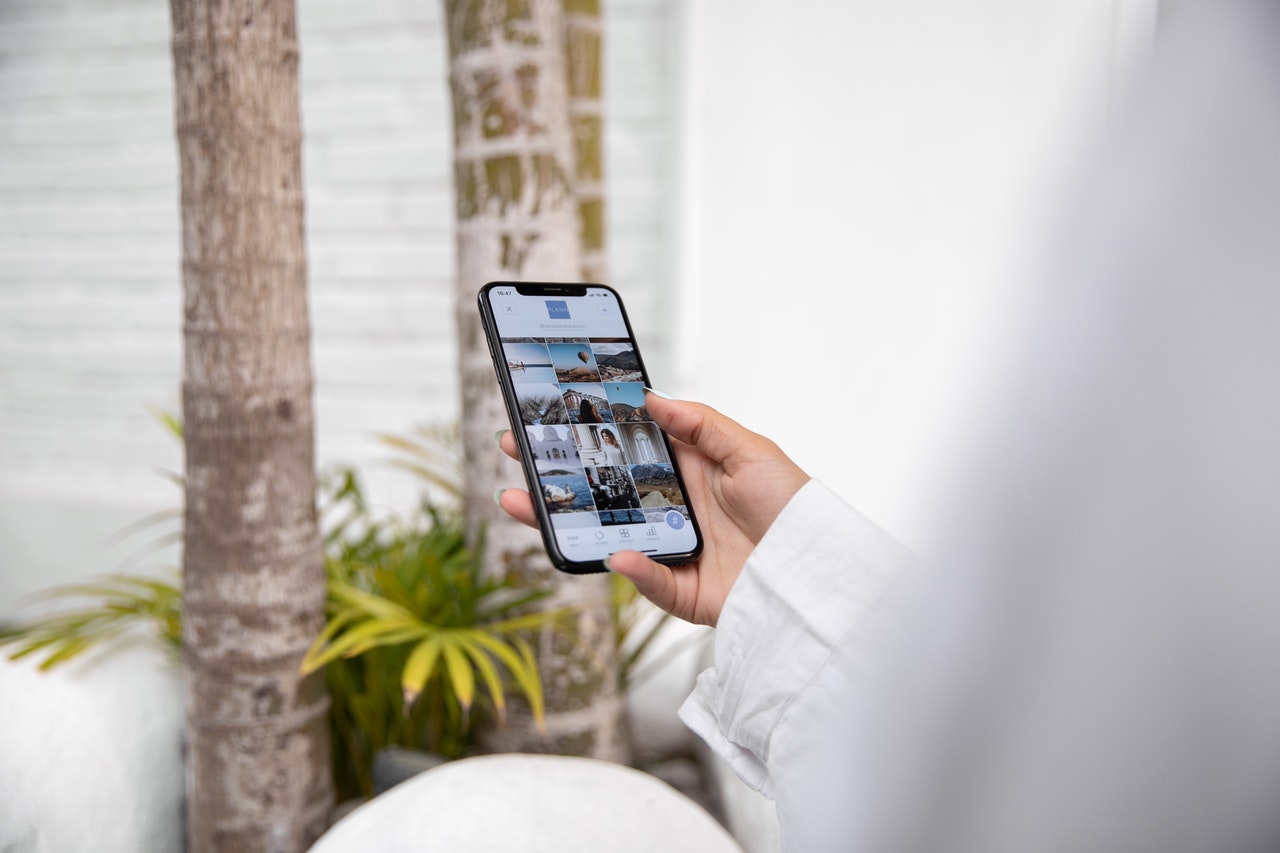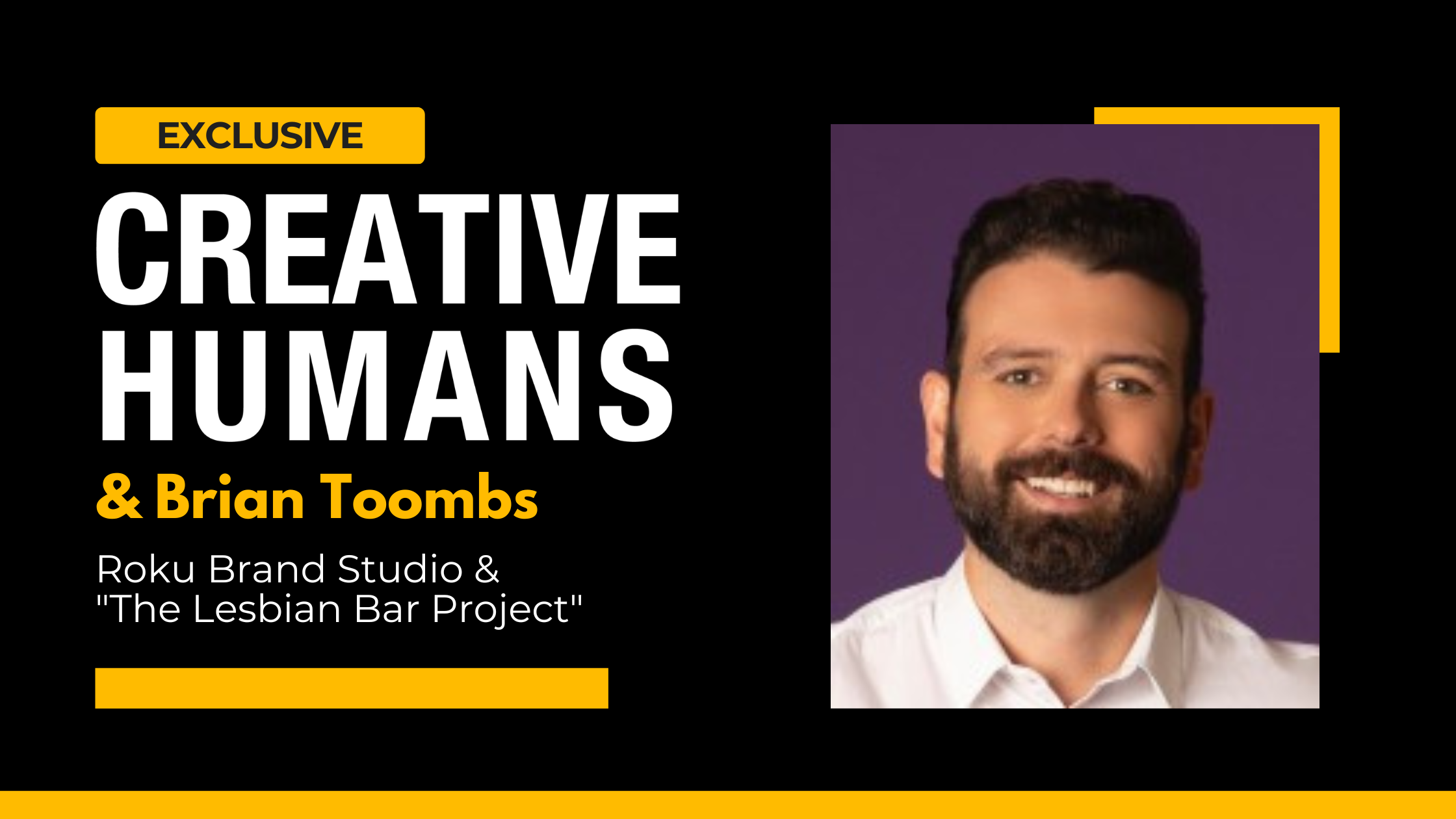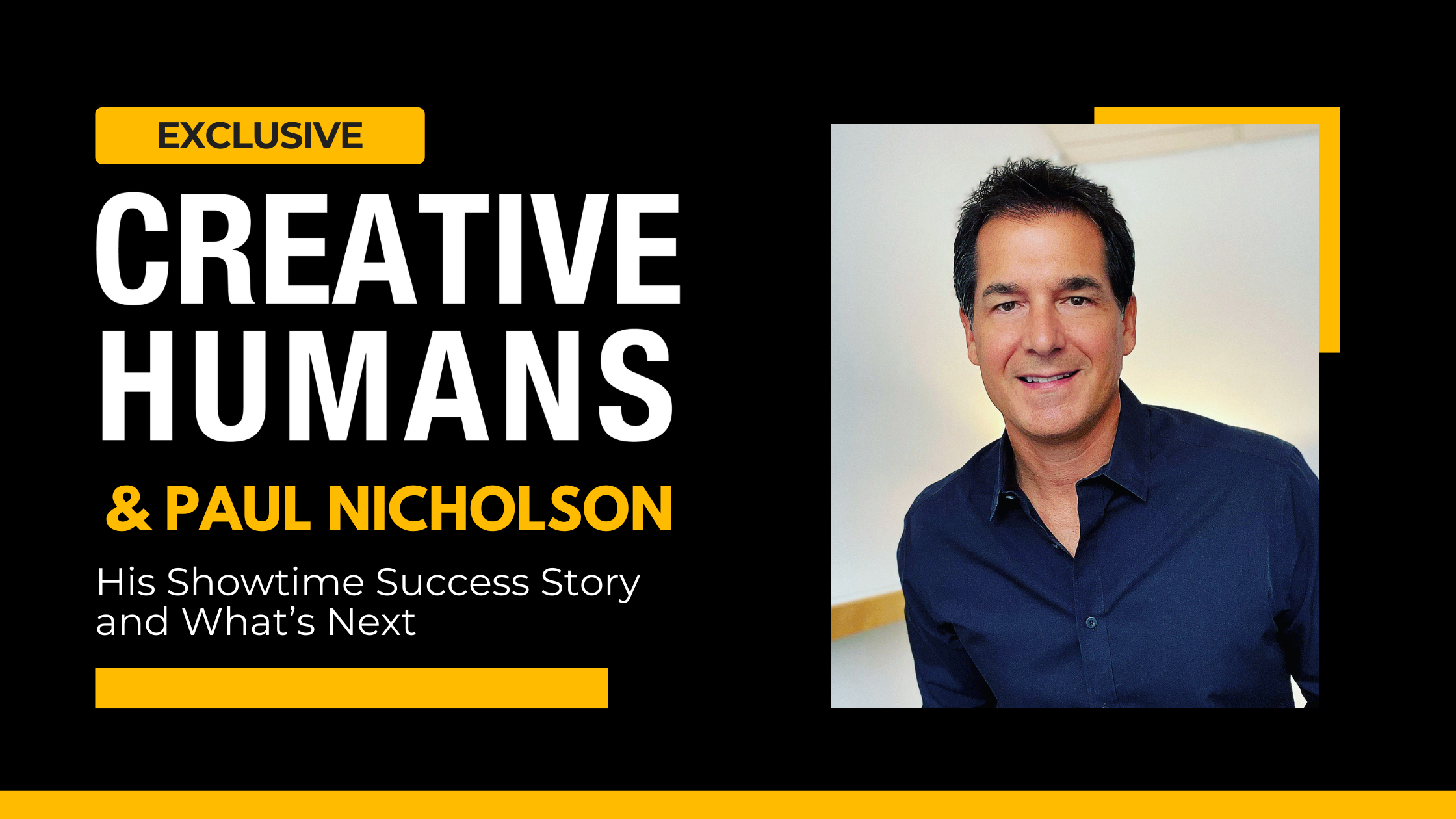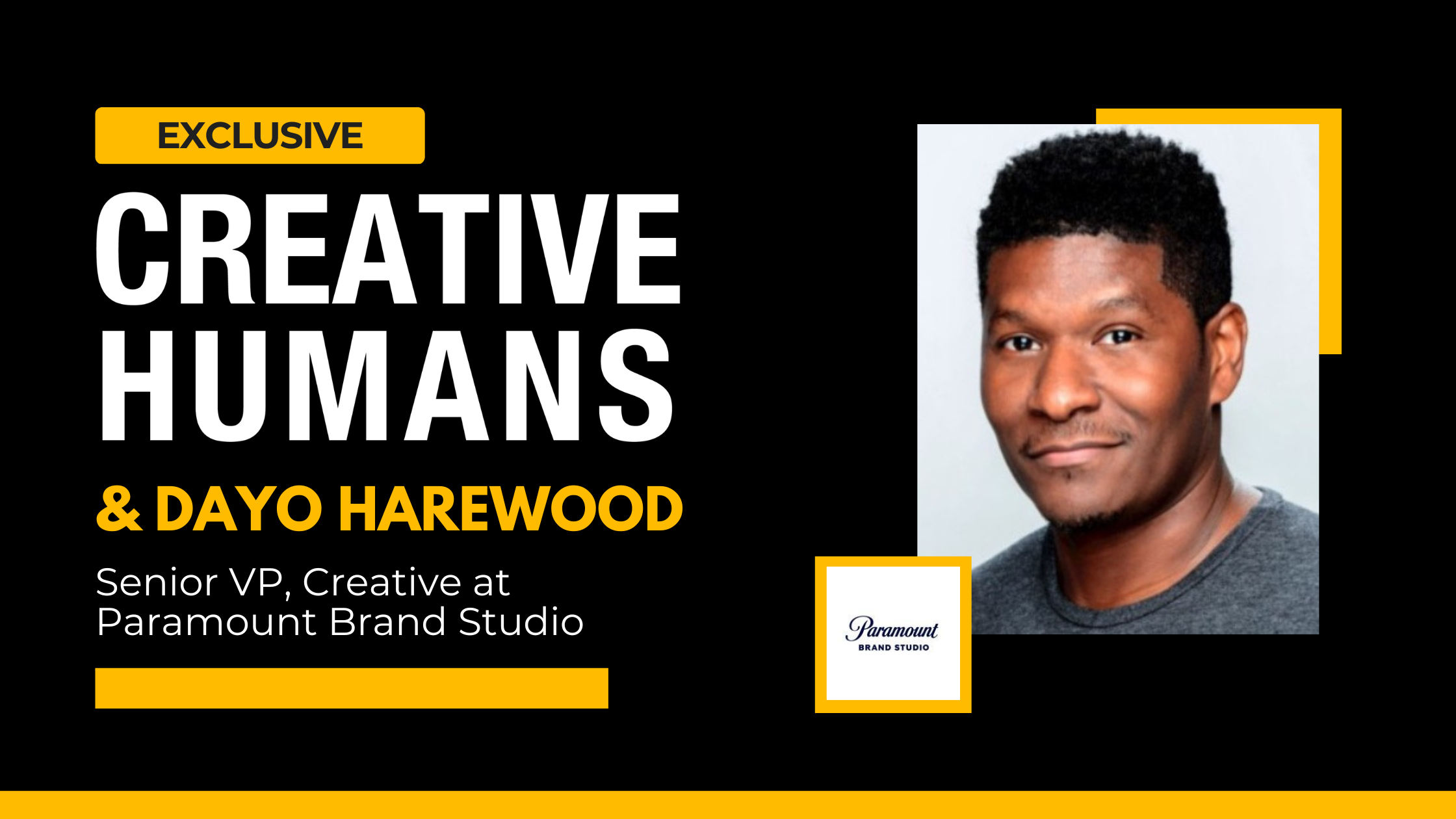March 2, 2021 / Creative Humans
Video marketing is incredibly powerful, and Facebook advertising in particular is a great way to attract target audiences through engaging and persuasive video content. Facebook, like all social media platforms, offers businesses the opportunity to connect with their customers in a more personal and meaningful way. Marketers can take advantage of this by creating curated video ads that appeal to their ideal customer’s interests, wants, and needs.
For business owners interested in elevating their Facebook marketing strategy, it can be helpful to explore examples for inspiration. Check out these Facebook video ads examples from Creative Humans that are effective in their messaging and lead generation capabilities!
Creative Humans makes it easy to find and hire top video production studios and freelancers. Create a Free Account to get started.
7 Examples of Effective Facebook Video Ads
Effective video advertisements can generate incredible ROI, but it’s important to carefully plan your video production project to ensure the final product clearly reflects your business goals and appeals to your target market.
Below are seven great examples of Facebook video ads that utilize various marketing tactics to appeal to viewers’ wants and needs and encourage action on the part of the consumer. We hope these give you some ideas for your own campaign!
Budget: $25,000 - $45,000
ProBar makes 100% plant-based, nutritious, and delicious meal bars, energy chews, and similar products geared toward health-conscious consumers looking for a convenient but healthy way to supplement their normal meals.
This short Facebook video ad is only 10 seconds in length but is able to effectively convey the bouncy, fun energy behind ProBar's easy-to-devour energy chews. The brevity of the ad makes it more accessible to Facebook users who are just scrolling through their feed and likely won’t engage with lengthy commercials.
Budget: $25,000 - $45,000
The Wholeberry Blast Meal Bar by ProBar is a healthy, convenient meal replacement bar made with real ingredients. Of course, when it comes to health foods, consumers are often skeptical that products are as healthy as they market themselves to be.
To combat this concern and appeal to health-oriented consumers, this 10-second video ad unwraps a ProBar and deconstructs it to show all of the ingredients that go into making this product a healthy yet delicious snack.
Budget: $25,000 - $45,000
Similar to the ad for the Wholeberry Blast Meal Bar, this ProBar commercial makes it clear that the company’s Peanut Butter Chocolate Chip Meal Bar consists of 100% plant-based, real ingredients.
The short video ad starts by introducing the three ingredients that make the bar—peanuts, chocolate chips, and oats—and shows them morphing into the final product to assure viewers that there are no mystery ingredients in the product.
The commercial then closes on a clear image of the packaging with “100% plant-based, gluten-free, non-GMO” displayed under the product to emphasize its most appealing qualities.
Budget: $150,000 - $170,000
Adidas is a brand that needs no introduction. So, instead of focusing on the brand, this 30-second ad spot uses all of its available time to show off the products being sold under the Adidas NEO line.
Filmed in the streets of Tokyo, this commercial maintains a fun, playful energy and a bouncy soundtrack that draws the attention of viewers scrolling by. Camera shots focused on the model’s feet effectively show off the product in a variety of settings.
Budget: $1,000 - $3,000 (Day Rate)
This Facebook video ad was part of a campaign to show off a line of Garnier Skin Active sheet masks that only take 15 minutes to hydrate the skin.
Beginning with a quick introduction of each of the masks and their benefits (i.e. “hydrate,” “mattify,” and ”glow”), the commercial uses its 40-second runtime to emphasize that the masks can be worn while going about your normal activities, such as working out, eating breakfast, or getting ready for the day.
The commercial finishes with a call-to-action encouraging viewers to try these new Garnier sheet masks. The hashtag ‘#HowIMask’ is suggested to spur social media shares.
Budget: $1,000 - $3,000 (Day Rate)
Joe Knows Fish is a short video documentary created for Citarella® Gourmet Market - The Seafood Authority. The ad coincides with the release of Joe Gurrera’s book, Joe Knows Fish.
Filmed over the course of one day—while Joe prepared a complete dinner for the participants—this commercial carries a truthful, authentic tone to showcase Gurrera’s professional expertise and knowledge. This is further emphasized in the video’s closing tagline, “My name is Joe Gurrera. I’m not a chef, but I know how to cook fish,” before closing on a still image of the Joe Knows Fish cookbook.
Budget: $140,000 - $160,000
Harley-Davidson is a reputable, widely-recognized, and storied American motorcycle brand. As electric vehicles become more popular among mainstream consumers, Harley-Davidson wanted to make an impression when it introduced its first fully-electric motorcycle—the LiveWire.
To accomplish this, this Facebook video ad takes place in an exciting urban setting with a masked driver speeding through the city without limits. Text overlays such as “0 to 60 in 3 seconds,” “no clutch,” and “no shifting” highlight some of the bike’s key qualities to assure potential buyers that the product’s fully-electric design does not interfere with performance.
Hire Professional Video Advertising Production Talent
Facebook’s vast user base presents an amazing opportunity for digital marketers and business owners to appeal to their target audiences through short-form video advertising. From introducing new products to launching new brands, Facebook video ads are an incredibly flexible and effective marketing tool. By partnering with a professional commercial production company or freelancer, you can produce a high-quality Facebook ad that achieves strong results.
Creative Humans makes it easy to find and hire top video production studios and freelancers. Create a Free Account or Post a Job to get started.











